- Home
- Video Transcripts
- Mind-Body connections research group
Mind-Body connections research group transcript
Timestamp
Transcript
Audio description
Slide
00:00
I'm Dr Shelley Duncan I am the research lead for human function and health and also the founder and lead for the research group Mind Body connections.
There's heaps of things that we combine together to unpack what it is to be a human. What happens in the brain how does that inform what's happening in the body and what we see in behaviour. So mobile brain imaging like electroencephalography - a very big word - but basically it's electrodes on the head and we measure electrical activity of the brain.
Some of the pipeline of work that I work in is Parkinson's, so if we're seeing someone with gait freezing or gait instability, what's happening in the brain? Is there something that's actually informing someone's ability to walk normally?
Dr Shelley Duncan is talking to the camera. Cutaway shots of students using the sports science laboratories, the nursing facilities, a student using equipment with electrodes on the head in the biomechanics laboratory.
00:46
So what we can actually do from here is look at what the body is doing very very specifically and have it recorded to a really really high degree of accuracy. We're getting force distribution, we're getting force angles as well so we have an X, Y and Z parameters of this so we can work out whether or not the person's putting more force laterally, forward and backwards which, when we're looking at gait analysis, is really really useful.
Dr Conor Power is talking and demonstrating the biomechanics equipment and software - showing what's on the screen
01:05
Dr Shelley Duncan: We're developing a better understanding of how the brain and the body connect and work together. We've actually just developed a new group around the use of simulation and virtual reality. Psychology's a massive factor in terms of sporting performance. Your head can really get in the way of your optimal performance. So we're doing some work around phobia and cricket. There's huge potential for VR. Looking at different interventions that we can employ to help to help someone overcome fear of injury - phobias that might develop. So psychology and the use of virtual reality plays a massive role in our ability to enhance decision-making cognitive function and overall sporting performance.
Continued coverage of the biomechanics lab - people in the lab wired up to the equipment, as well as showing what's on screen in relation to what's happening in the lab.
Cuts to a student in the lab with a technician using virtual reality equipment and using a cricket bat.
01:50
Lee Bridgeman: What we're trying to establish here is we're looking at tests of VO2 max. So it's the maximum amount of oxygen Bailey can take in and utilise. So we'd have runners, marathon runners potentially; triathletes will come in and do this. We can also do this test on a bike.
Shelley Duncan: What we can start using there for now, in terms of my driver, we can put the markers for biomechanics; so when they're running and we're able to look at oxygen usage, we're also able to look at the biomechanics - how are they swinging your arms? How are they using their legs? If they're holding a water bottle, does that change their biomechanics and their oxygen usage? And does that actually then lead on to an increase in injury?
A student is using the VO2 max machine, running on the treadmill with Lee Bridgeman observing.
02:32
Dr Shelley Duncan: The Anatomage in the nursing suite - you can see a cadaver; a virtual cadaver.
Joelle Salje: Some people kindly donated their bodies. The company scanned them and took lots of images of them so that we could actually start to explore the internal organs and the different layers of the body.
Dr Shelley Duncan: You can actually cut open, in a virtual sense.
Joelle Salje: For example if I wanted to look at one section of the heart in a lot more accuracy, I could take away the skeletal system; I can then see the inside of the heart from a slightly closer perspective. One of the biggest causes of mortality in this country is actually linked to heart failure, so it's so important for our nurses to actually understand how the heart works so that they can understand what medications work best for them.
Dr Shelley Duncan: Some of the work that we need to be doing is evidencing the efficacy, the benefit is using an Anatomage table, can that then transfer into the the nursing context in terms of
when you are in the real world practice? So if you have someone that's going up for real practice someone using the simulation do they learn the same skills.
Video shows Joelle Salje using the Anatomage machine which show a digital representation of a cadaver. Joelle is selecting different display angles and zooming into different areas of the body, including the brain and the heart.
03:52
Dr Shelley Duncan: the whole theme of human function health and mind-body connection is about connecting the dots. So that's why we employ multi-disciplinary, so neuroscience, exercise physiology and psychology, and biomechanics so we can look at it from different lenses and start to understand what is going on.
Video cuts between a student in the biomechanics lab, Dr Shelley Duncan talking to camera and Conor Power demonstrating the equipment.
04:14
Dr Shelley Duncan: Then you've got the maritime simulator - the bridge simulator. So you've got students from undergraduate right through to postgraduate who have experience and an opportunity to get involved with all this technology and how it informs our knowledge, our gathering of evidence, our acquisition of a better understanding of what it is to be human.
Cuts to a student using the maritime bridge simulator to sail a ship into Portsmouth Harbour.
04:39
Dr Shelley Duncan: everything we do needs to be evidence-based. A lot of the time we are looking at lab-based stuff but at some stage we need to move away from the lab and go on to actually how does someone live their life and how do they experience their life. We can actually look at different
interventions. We can look at different training protocols. So my driver is multi-disciplinary. And also having an impact in the real world. We've got exceptional academics here, exceptional researchers, and it's about bringing them together. So it's about opening the eyes. Bursting that bubble, I think. Asking people how they view things and letting people's views enhance and make things stronger. It's just exciting.
Cuts to a heart monitor machine and nursing students in the nursing lab. Cuts back to Dr Shelley Duncan talking to camera, and cuts to the student in the biomechanics lab with the cricket bat and the student using the VO2 max running machine.
05:31
Music plays.
End shot of the Solent University wave and logo.




